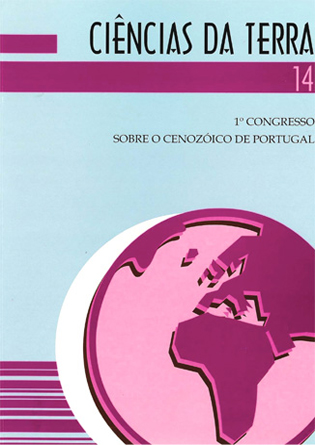Evolution of Iberia during the Cenozoic with special emphasis on the formation of the Betic Cordillera and its relation with the western Mediterranean
Abstract
Key-words: Iberia; Betic Cordi1Iera; Cenozoie; western Mediterranean. The extensional process affecting Iberia during the Triassic and Jurassic times change from the end of the Cretaceous and, throughout the Palaeocene, the displacement between the African and European plates was clearly convergent and part of the future Intern al Zone of the Betic Cordillera was affected. To the west, the Atlantic continued to open as a passive margin and, to the north, no significant deformation occurred. During the Eocene, the entire Iberian plate was subjected to compression, which caused major deformations in the Pyrenees and also in the Alpujarride and Nevado-Filabride, Internal Betic, complexes. In the Oligocene continued this situation, but in addition, the new extensional process occurring in the western Mediterranean area, togethcr with the constant eastward drift of lberia due to Atlantic opening, compressed the eastern sector of lberia, giving rise to the structuring of the Iberian Cordillera. The Neogene was the time when the Betic Cordillera reached its fundamental features with the westward displacement of the Betic-Rif lntemal Zone, expelled by the progressive opening of the Algerian Basin, opening prolonged till the Alboran Sea. From the Late Miocene onwards, all Iberia was affected by a N-S to NNW-SSE compression, combined in many points by a near perpendicular extension. Specially in eastern and southern Iberia a radial extension superposed these compression and extension.Downloads
Issue
Section
Articles






